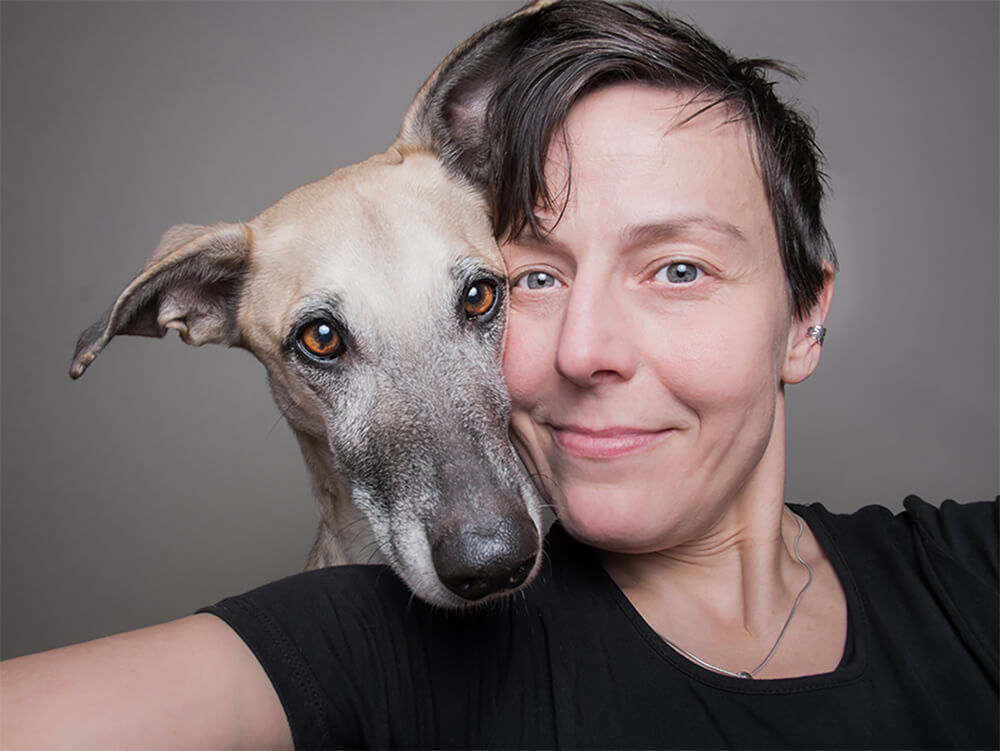Elke Vogelsang is a commercial and editorial photographer living in Germany. Her work has been featured worldwide in renowned print and tv publications and campaigns including The Sunday Time Magazine, National Geographic, Die Zeit, The Bark magazine, Good Morning America, and many more.
Her works were exhibited in group and solo shows throughout the world, e.g. Paris, London, Lisbon, San Anselmo, and Singapore.
She's the author of the book "Nice Nosing You - for the love of life, dogs and photography" featuring her pictures.
Statement:
Dogs are funny characters. They find pleasure in the most mundane things.
My dogs are my joy, recreation, and constant source of laughter, though they can be shy and sad as well; they comfort me in bad times. They are members of the family, the kind I love to have around. I can never get into trouble with my dogs, because they are unpretentious and forgiving.
I would never say that I prefer dogs to humans-after all, some people mean the world to me; but I would definitely say that dogs enrich my life in numerous ways. My hope is that I give back to them at least half of what they give me.
As I try to explore in photography all the emotions I share with my dogs, I pay homage to them and also to life.
